On August 4, The New Zealand Herald (New Zealand) published an article by Indian writer Ankita Mahabir expressing her special impressions of Vietnam's Cham culture.
From weaving villages to spiritual blessings, author Mahabir recounts five experiences that captivated and “immersed” her, offering a rare glimpse into the vibrant Cham culture of the “S-shaped country.”
Writer Mahabir said she went to “find history” at the Cham Museum - a museum hidden in a modest building in Phan Rang-Thap Cham. Although not grand in scale, the Cham Museum seems to be the pride of the local people with sandstone sculptures, portraits and rare artifacts that are carefully preserved.
According to the author, what makes this tour special is not only the collections but also the cultural context and the multi-layered symbolic system with many meanings behind the rituals, as well as the way Cham identity continues to develop in a modern Vietnam to this day.
For those who want to learn more about Cham culture, this museum is definitely a great starting point, she affirmed.
Coming to the weaving craft in My Nghiep brocade weaving village, writer Mahabir was fascinated by the ancient geometric patterns appearing on each thread of fabric.
According to her, the art of Cham weaving is not only decorative but also symbolic. Each pattern tells a story about crops, ancient gods or beliefs.
While visiting Bau Truc pottery village, one of the oldest pottery villages in Southeast Asia, the Indian writer had the opportunity to experience making pottery vases from clay.
She was fascinated to see the Cham women molding the terracotta entirely by hand, meticulously turning it around and the skillful movements of their bodies became part of the shaping process. The special thing is that no two pots are exactly the same. Each pot has its own beauty and uniqueness.
Walking through Po Klong Garai Temple, built in the 13th century to commemorate King Po Klong Garai, which is also one of the best-preserved Cham relics, Mrs. Mahabir felt her soul lighten and clear when admiring with her own eyes the red sandstone towers standing out against the blue sky, the linga-yoni shrine and the carved reliefs reminiscent of the prosperous period of the Champa Kingdom.
Rituals are still held here during Cham festivals such as Kate, with large numbers of followers in traditional costumes, offering offerings and praying to their ancestors.

One of the moments that the Indian writer considered “most profound” in her journey was a ceremony held at a sacred place on the grounds of the Amanoi hotel, where she was staying.
There, she witnessed a Bani Cham master presiding over an ancestral blessing ceremony rarely seen outside of Cham festivals. His voice echoed with melodious music, a subtle blend of animist, Hindu and Muslim beliefs.
The experience is not performative but deeply reverent, an invitation into a world few outsiders get to see.
Besides admiring the beautiful landscapes and experiencing the vibrant Cham culture of Vietnam, the Indian writer was also impressed by Cham cuisine , from turmeric curry and tamarind soup to handmade chocolates carved with traditional motifs, all of which inspired her a lot.
In addition, author Mahabir said that this area has many other unique attractions. Visitors can explore the nearby fishing village of Vinh Hy, stroll through Ninh Thuan Stone Park or hike in Nui Chua National Park. Climbing to the top of Go Cong is also an interesting experience that the Indian female writer happily revealed that she did it "quite easily."
Writer Mahabir concludes that his experience with the Cham community is a reminder that luxury does not always mean extravagance. Sometimes it is about accessing silence, accessing ritual, accessing connection.
For her, these are meaningful “encounters” with a nation whose culture continues to shape the “soul of the South” in a quiet, beautiful and sustainable way./.
Source: https://www.vietnamplus.vn/nha-van-an-do-an-tuong-voi-nen-van-hoa-cham-song-dong-cua-viet-nam-post1053745.vnp



![[Photo] Binh Trieu 1 Bridge has been completed, raised by 1.1m, and will open to traffic at the end of November.](https://vphoto.vietnam.vn/thumb/1200x675/vietnam/resource/IMAGE/2025/10/2/a6549e2a3b5848a1ba76a1ded6141fae)

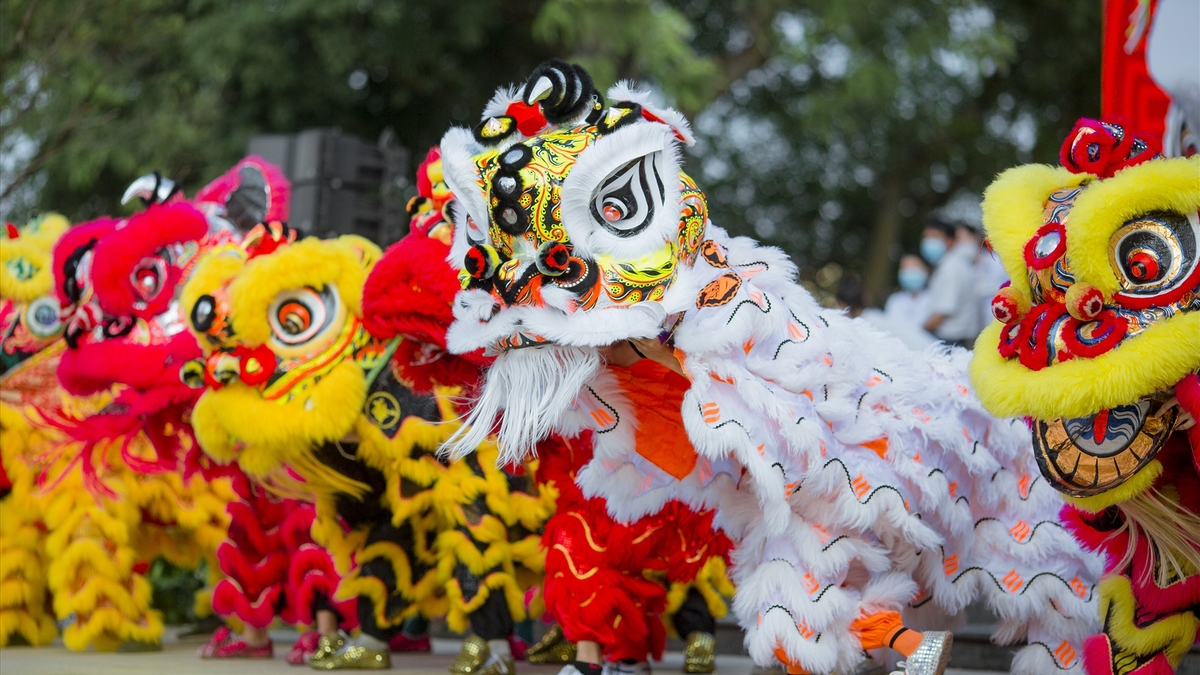
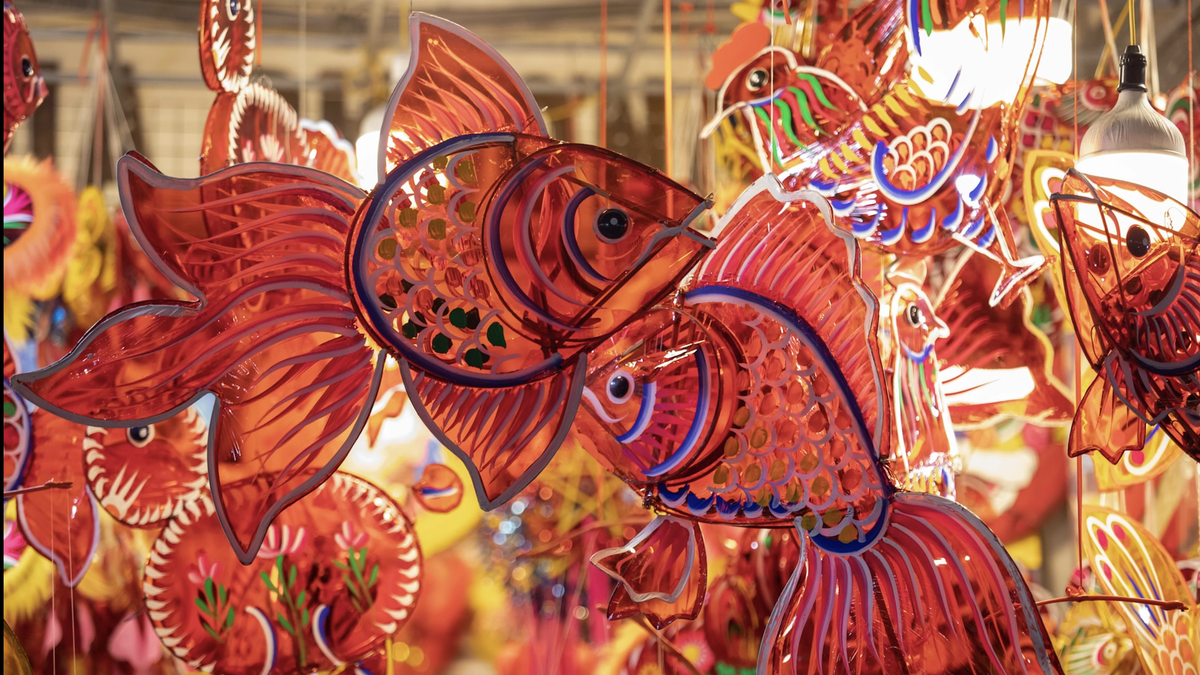
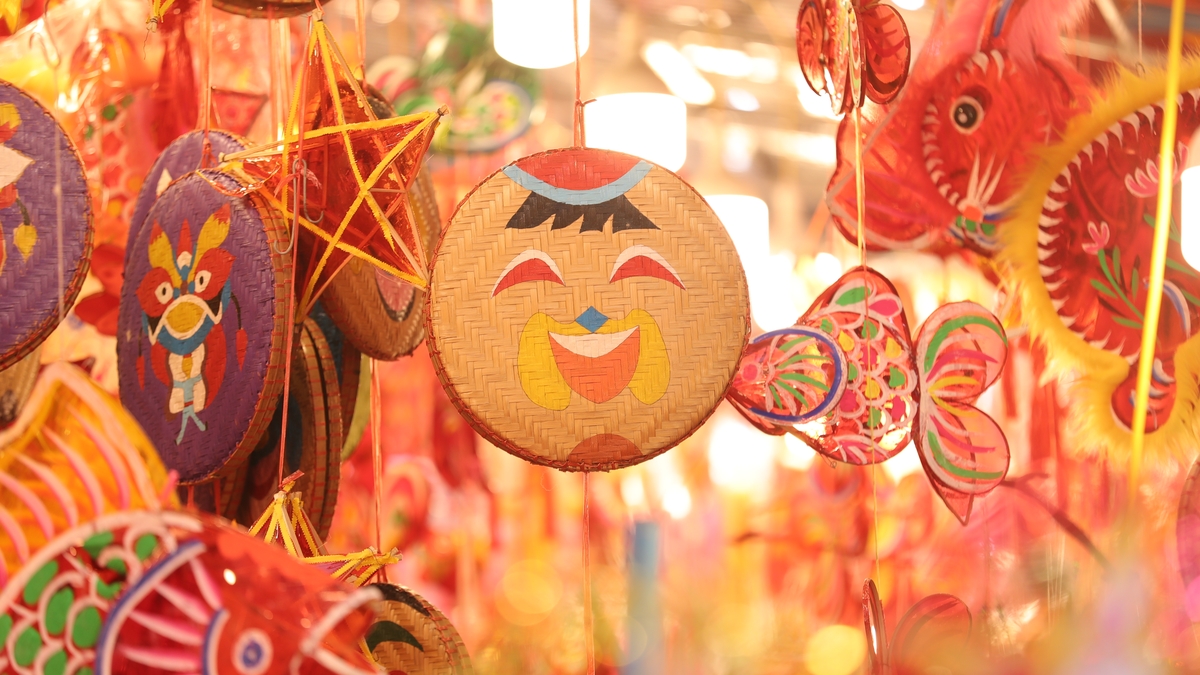















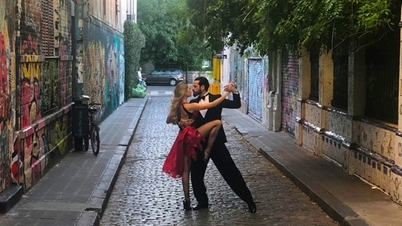


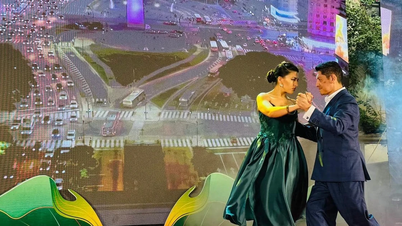













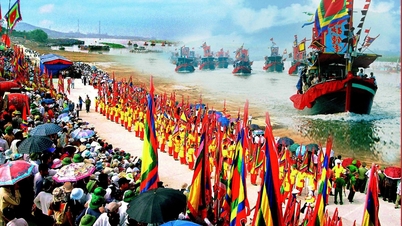



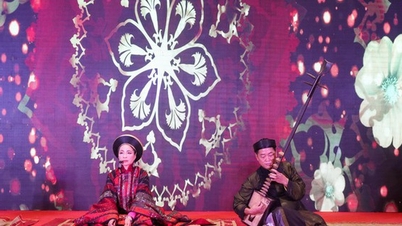





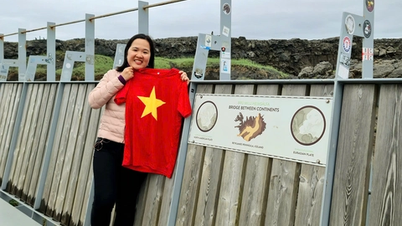
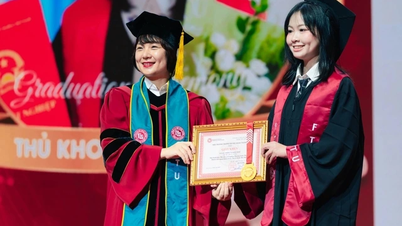









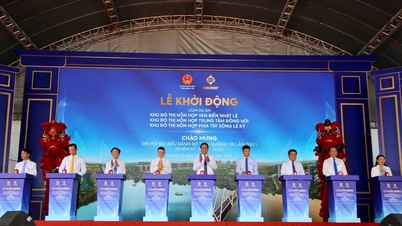





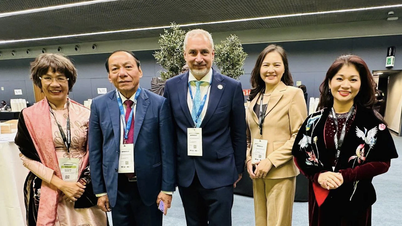






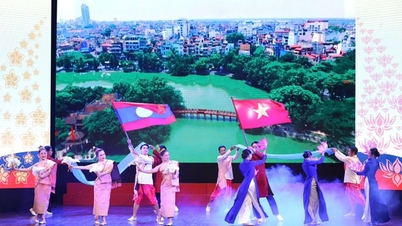








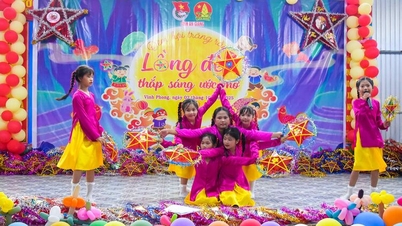















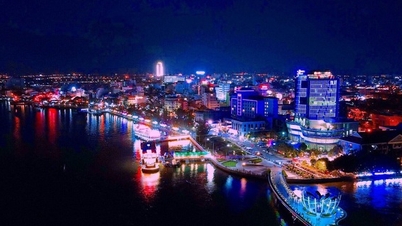





Comment (0)